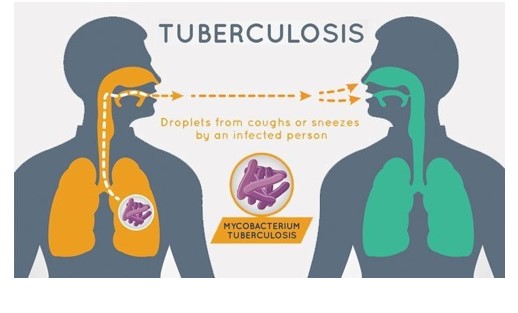A nurse is caring for a client who has a bacterial infection and is receiving gentamicin. Which of the following actions should the nurse take to minimize the risk of an adverse effect of the medication?
Administer the medicine with food.
Monitor the serum medication levels.
Limit the client’s fluid intake.
Instruct the client to report agitation.
The Correct Answer is B
The correct answer is choice b. Monitor the serum medication levels.
Choice A rationale:
Administering gentamicin with food is not necessary and does not minimize the risk of adverse effects. Gentamicin is typically given intravenously or intramuscularly, and food does not impact its administration or absorption.
Choice B rationale:
Monitoring the serum medication levels is crucial when administering gentamicin. Gentamicin has a narrow therapeutic index, meaning the difference between a therapeutic dose and a toxic dose is small. Regular monitoring helps ensure the drug remains within the safe and effective range, reducing the risk of nephrotoxicity and ototoxicity.
Choice C rationale:
Limiting the client’s fluid intake is not recommended. Adequate hydration is important to help prevent nephrotoxicity, a known adverse effect of gentamicin. Ensuring the client has sufficient fluid intake can help protect kidney function.
Choice D rationale:
Instructing the client to report agitation is not directly related to minimizing the risk of adverse effects of gentamicin. While it is important for clients to report any unusual symptoms, agitation is not a common adverse effect of gentamicin. Monitoring for signs of nephrotoxicity (e.g., decreased urine output) and ototoxicity (e.g., hearing loss, tinnitus) is more relevant.
Nursing Test Bank
Naxlex Comprehensive Predictor Exams
Related Questions
Correct Answer is B
Explanation
Pulmonary tuberculosis (TB) is treated with a combination of antitubercular medications for a period of 6 to 9 months. It is important for the client to take their medications consistently and complete the full course of treatment to ensure that the infection is fully treated and to prevent the development of drug- resistant TB.

Correct Answer is C
Explanation
The correct answer is choicec. Administer the medication under the client’s tongue.
Choice A rationale:
Administering the crushed medication through the NG tube is inappropriate because sublingual medications are designed to be absorbed through the tissues under the tongue, not the gastrointestinal tract. Crushing and administering it through the NG tube would alter its intended absorption and effectiveness.
Choice B rationale:
Dissolving the medication in water and giving it through the NG tube is also incorrect for the same reasons as Choice A. Sublingual medications are specifically formulated to be absorbed through the mucous membranes under the tongue, and changing the route of administration can affect the drug’s efficacy.
Choice C rationale:
Administering the medication under the client’s tongue is the correct action. Sublingual medications are designed to be absorbed directly into the bloodstream through the tissues under the tongue, bypassing the digestive system and providing rapid onset of action.
Choice D rationale:
While some medications can be safely switched to oral formulations for NG tube administration, such a change is only necessary when the prescribed route (in this case, sublingual) cannot be used. Without contraindications (e.g., inability to hold the medication under the tongue or mucosal issues), the original sublingual route should be followed.
Whether you are a student looking to ace your exams or a practicing nurse seeking to enhance your expertise , our nursing education contents will empower you with the confidence and competence to make a difference in the lives of patients and become a respected leader in the healthcare field.
Visit Naxlex, invest in your future and unlock endless possibilities with our unparalleled nursing education contents today
Report Wrong Answer on the Current Question
Do you disagree with the answer? If yes, what is your expected answer? Explain.
Kindly be descriptive with the issue you are facing.
